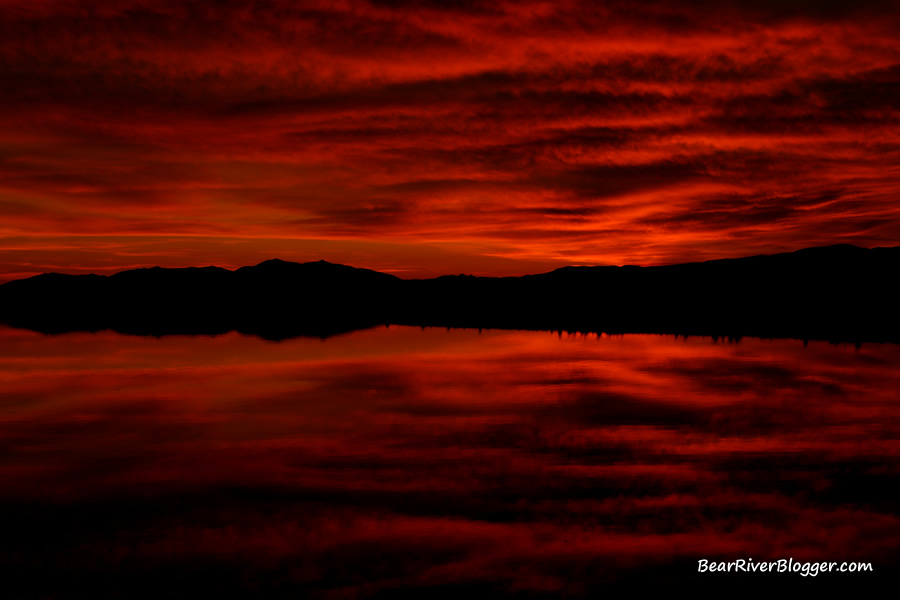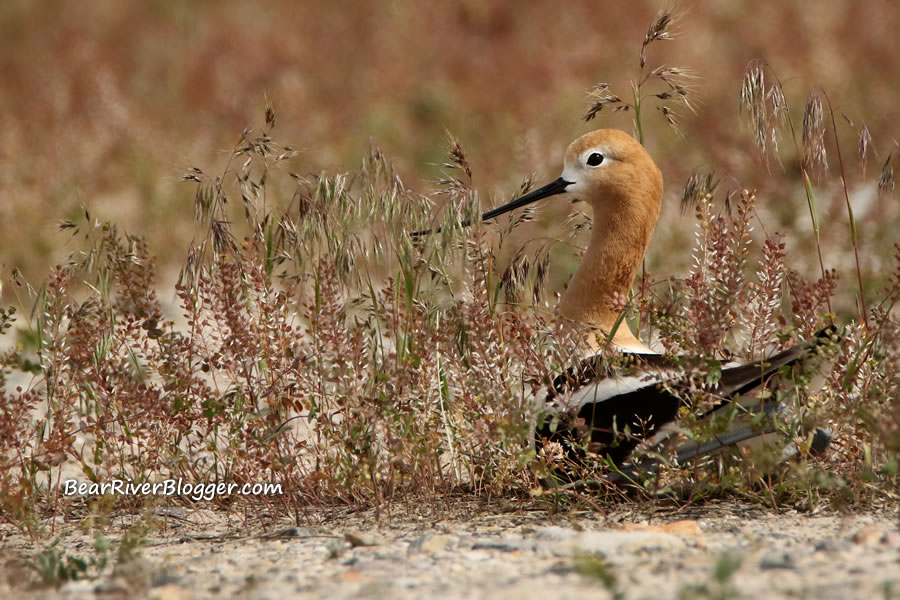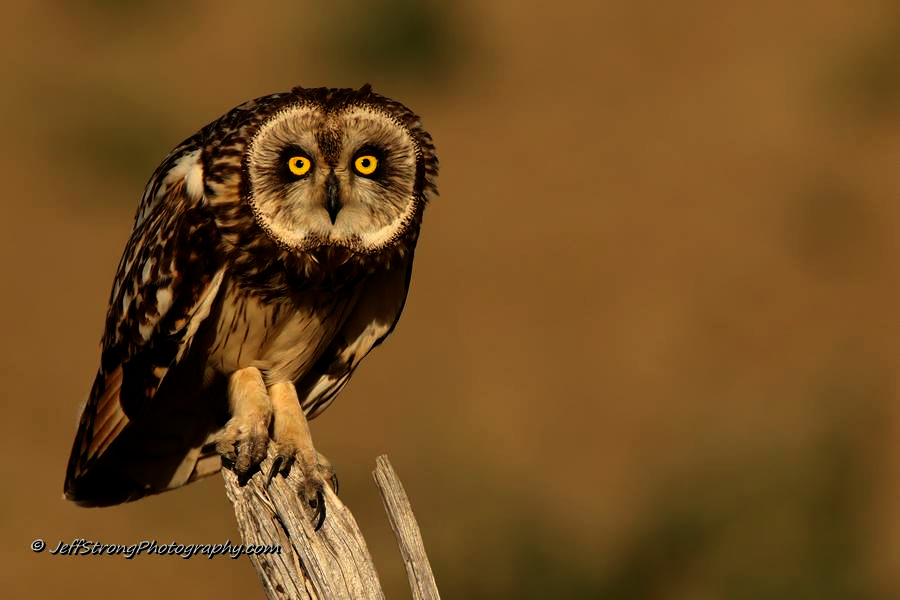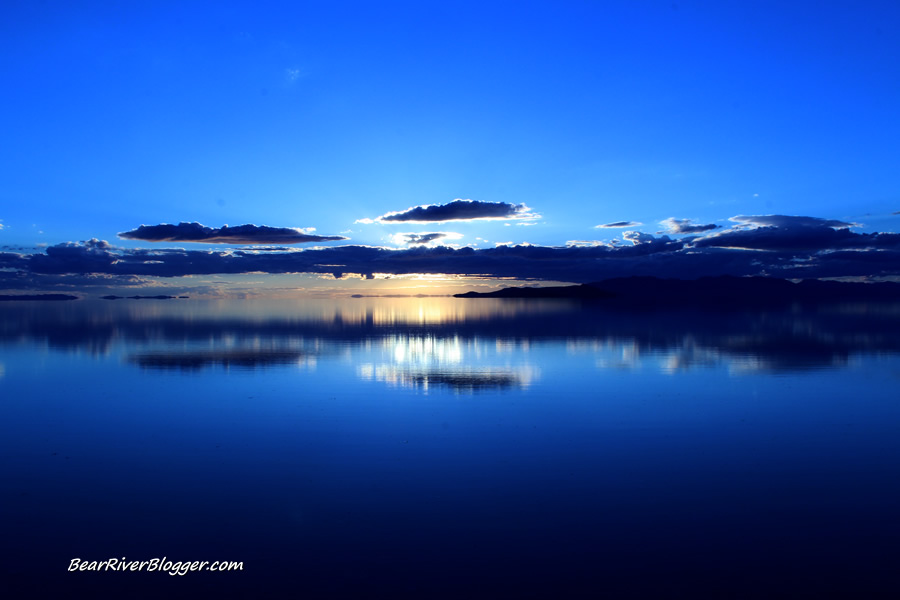Photographing the Bear River Migratory Bird Refuge is longtime a passion of mine but, however, this passion is not solely limited to the hundreds of species of birds that live on or migrate through the refuge.
Spectacular sunsets are also one of the reasons I frequent this particular wildlife preserve on a regular, sometimes even daily, basis.
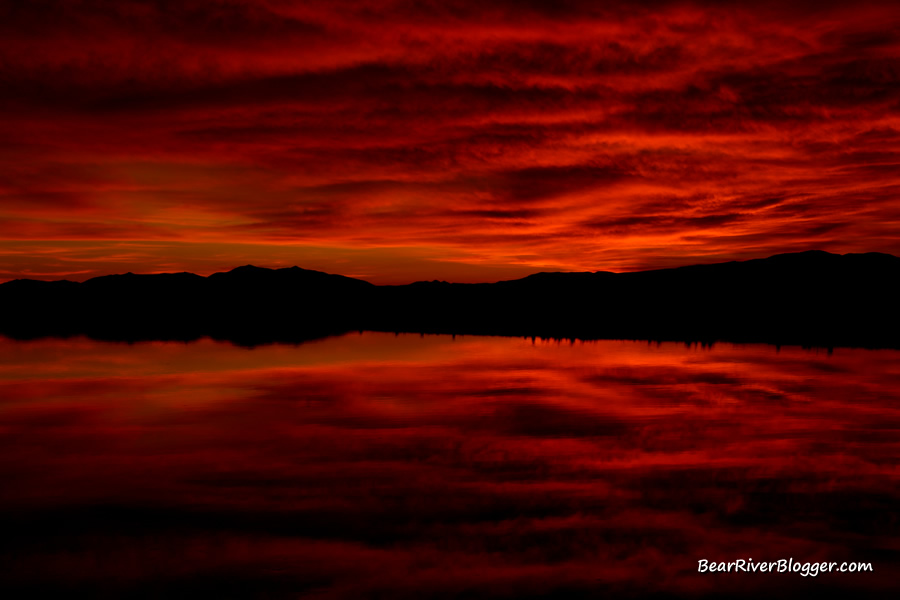
Over the years, I have found there are endless opportunities throughout each season to capture some of the most intense colors and grand paintings nature has to offer during the setting of the sun on the bird refuge. Last night was certainly no exception.
I had spent the afternoon in search of tundra swans, rough-legged hawks and great blue herons to photograph and after finding none in range of my camera, the sun peeking out from behind the wall of clouds caught my eye.
It was only 45 minutes or so before the sun would dip behind the Promontory Mountains so I opted to wait and try for a sunset.
I mean, seriously, what could be better? No mosquitos, thousands of swans singing off in the distance and a great blue heron had just landed across the river on old fallen tree laying on its side in the water. I was in good company so, in all honesty, it was an easy sell to get me to stay.
I picked the spot on the Bear River where I estimated the setting sun would give a good reflection on the glass-smooth water.
Sometimes, I will admit, it’s nothing less than a gamble in picking the right location for a sunset but tonight my instincts were in tune, the clouds broke up perfectly and the sun did, indeed, set in a most perfect place on the river.
All of the pictures on this blog post are from last night and actually taken with a couple of different cameras.
What time of year is best to photograph sunsets on the refuge?
There really isn’t a better or worse time of year to photograph sunsets and even sunrises on the Bear River Migratory Bird Refuge.
All year round you can find spectacular and colorful shows from the sun but I will mention fall and winter is a preferred time because of one reason, hunting season. Let me elaborate on that a bit.
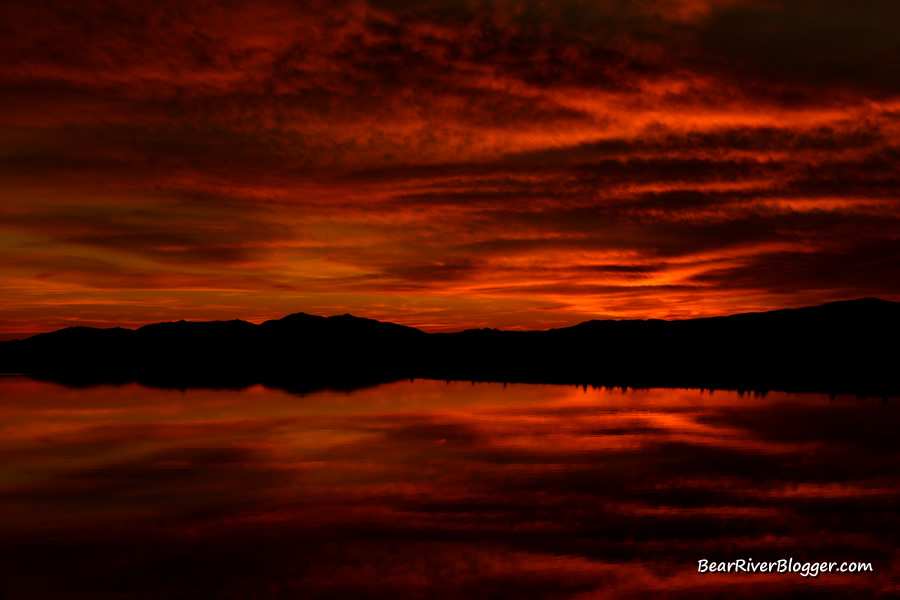
Most of the year, access is limited on the auto tour route to the daylight hours between sunrise and sunset.
The automatic gates open and close at these times so access is cut off around the time the sun is going down.
During hunting season, however, the gates open 2 hours before sunrise and close 2 hours after sunset, giving you access to the auto tour route with plenty of time to set up and photograph both sunsets and sunrises.
It doesn’t mean you can’t get good sunsets on the refuge during the rest of the year but because of this limitation, you are better off using another spot which I will mention next.
Where is the best location to photograph sunsets on the refuge?
The best location on the refuge is, in part, tied to the time of year and the location of the sun.
During fall and winter, I do like to photograph on the auto tour route a lot since the automatic gates are open longer during hunting season.
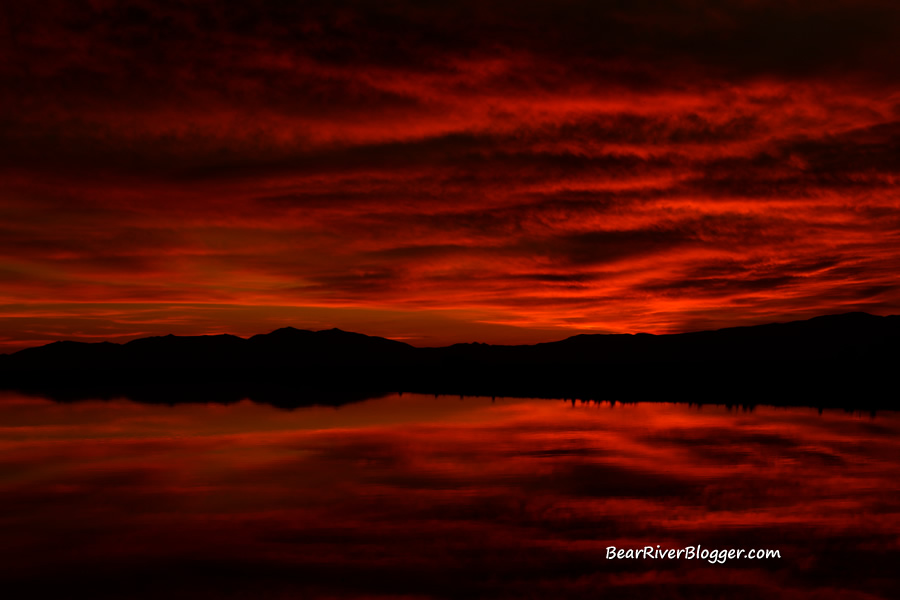
During the rest of the year, I find the Bear River alongside Forest street is a good choice as well.
This is, in fact, where all of the images on this particular blog post came from. I was wanting to drive the auto tour route and photograph over the marsh but I noticed my gas gage wasn’t going to agree with me for the extra 12 miles of the drive so I opted for a closer location, the actual Bear River, itself.
The river does lend itself to great fall and winter sunsets because of the location of the sun is a lot more southward.
This allows for some great reflections on the river this time of year as you can see from the images I came home with last night.
What camera is best for sunset photography?
I am a bit old-school in my photography efforts. I don’t subscribe to gear being the most important aspect of photography but it is an important part, nevertheless.
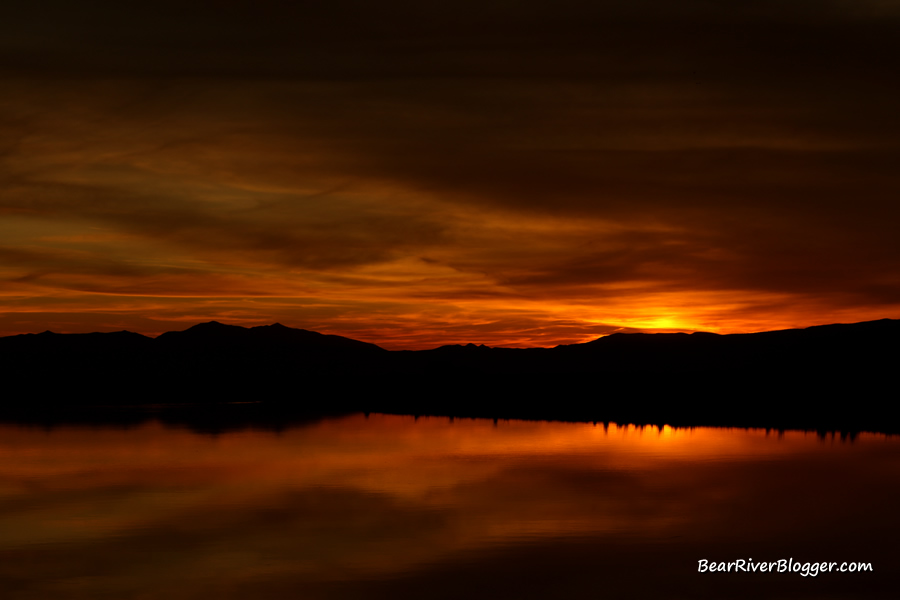
Cameras and lenses are tools, much-needed tools as you can’t take a photograph without a camera, but at the end of the day, they are still just tools of the trade.
The most important aspect of photography is learning about light and composition but you still need to have some kind of camera to photograph sunsets with.
It might surprise you to learn some of the images from last night were taken with a smartphone and some were taken with my Canon 7d mkii.
Most of the time when I specifically set out to photograph sunsets I actually use my old Canon Rebel.
I prefer it to my 7d mkii because of the movable touch screen. It makes landscape photography a lot easier with that feature.
There are many times when, however, I am out and about and the only camera I have is my smartphone. Instead of wishing I had one of my DSLR’s, I will take sunset images with my phone.
I have come home with some spectacular sunset photographs from my phone so don’t overlook the camera you carry around in your pocket.
You should never let your gear be your limiting factor. You can always take a good sunset photograph no matter what camera you have. Learn the fundamentals of photography, particularly light and composition, before you worry about the equipment.
Where can I go to learn more about how to photograph sunsets?
Each spring, around the early part of March, the Bear River Migratory Bird Refuge hosts their annual tundra swan day.
On this day, I do a free beginning outdoor photography workshop at the refuge visitors center. It is a great opportunity to learn about how you can up-your-game for nature photography. Subscribe to our blog to keep up to date on the next workshop.
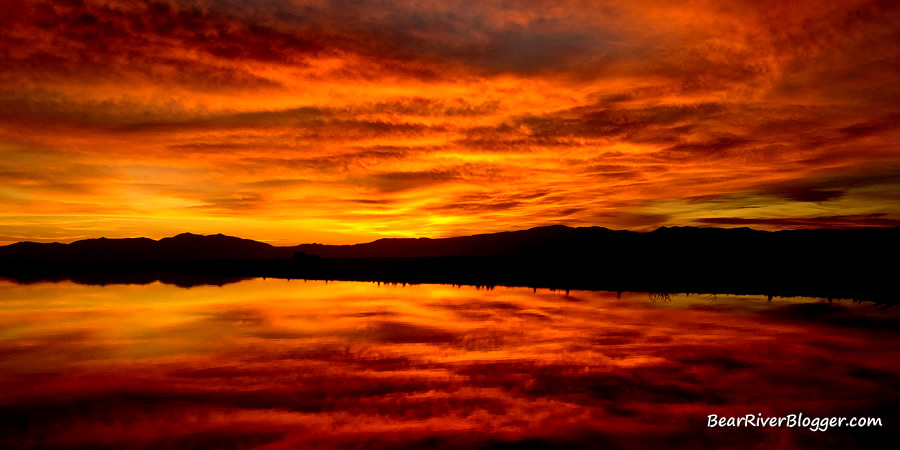
For a more personal and immediate opportunity, you can also learn more about individual one-on-one photography classes for Utah on our photography website.
Conclusion
Take my word for it, don’t just think of the Bear River Migratory Bird Refuge solely as a bird-only spot for photography. I consistently find opportunities to photograph the vast array of subjects nature has to offer besides our avian friends on the refuge.
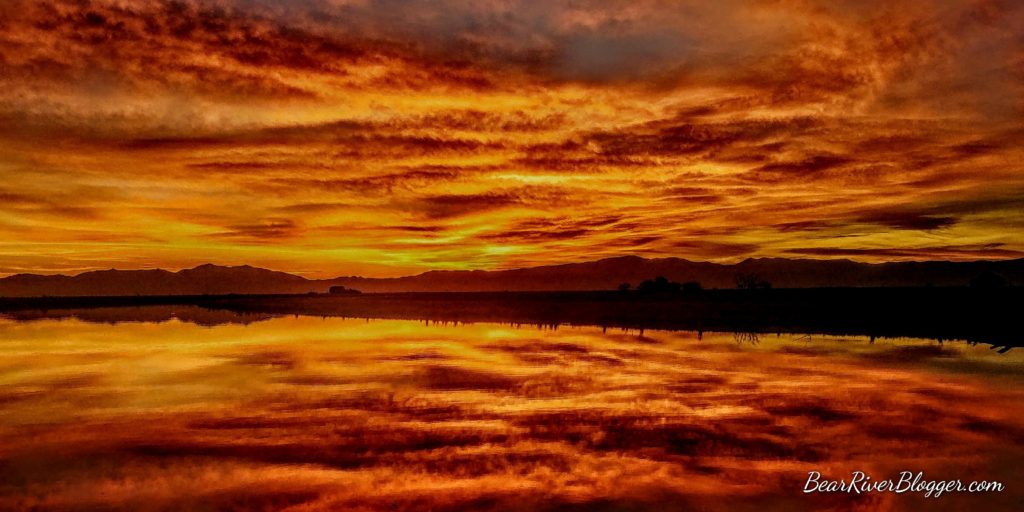
Birds, butterflies, sunsets, insects and some great scenery are available to the outdoor photographer throughout the year on the bird refuge.
Recently, I even had the rare opportunity to photograph a frog on the refuge but that will be a post for another day.
No matter the time of year, I always find interesting subjects to photograph on the Bear River Migratory Bird Refuge. It’s an outdoor photographers paradise very few people know about or fully utilize.
To keep up on my nature photography efforts on and off of the refuge, subscribe to my blog to stay up to date on my outdoor encounters with our great natural world.

